Affiliate links on Android Authority may earn us a commission. Learn more.
What does Google Bard stand for? How did it get its name?
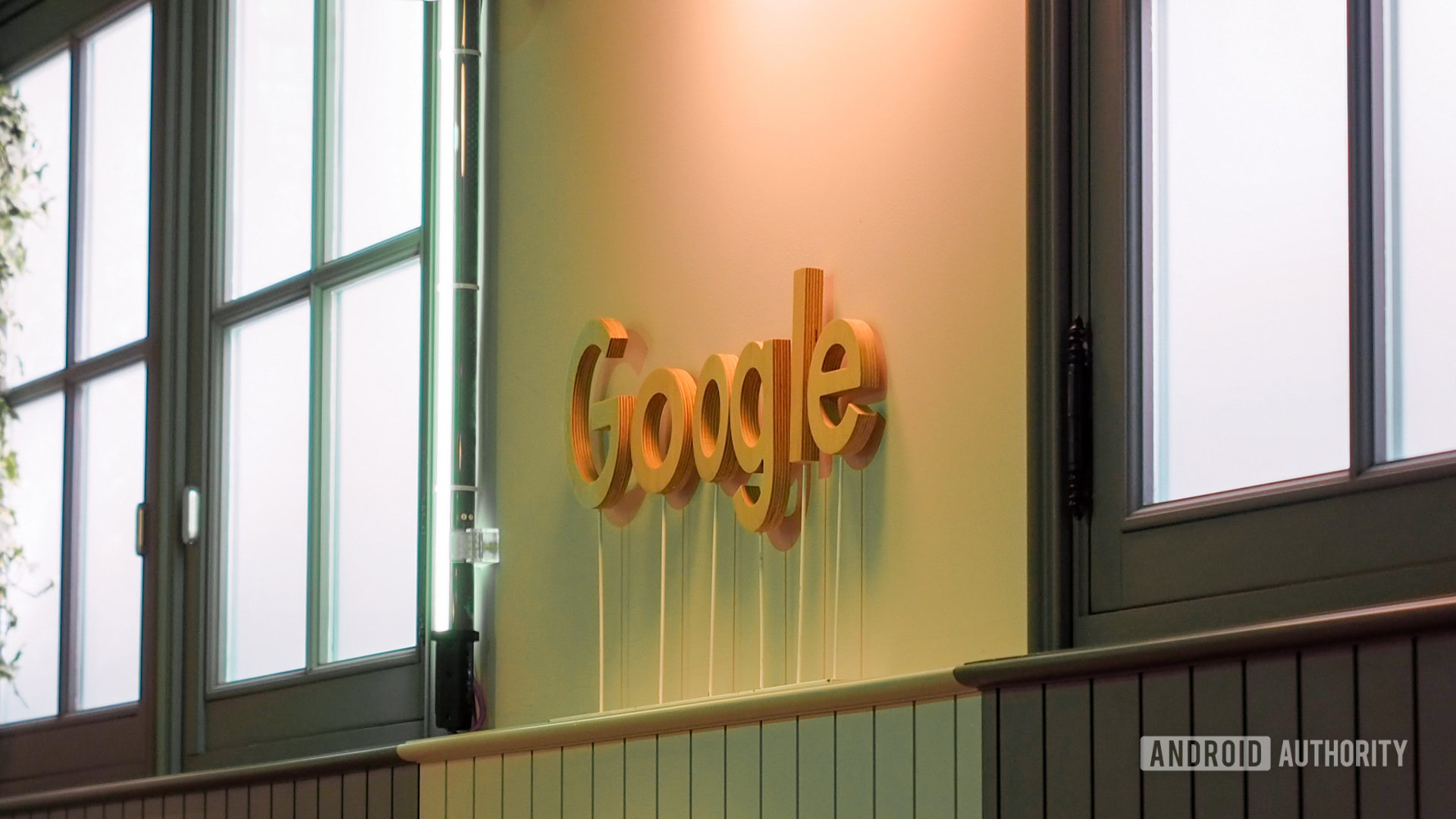
When Google announced its Bard AI chatbot, it went for an easy-to-remember name instead of one that sounds technical or vague. Ask the average person what the GPT in ChatGPT means, for example, and you’ll know exactly what I mean. Even though the search giant does have abstract names for its internal tools (see PaLM 2), its public-facing chatbot uses a more friendly name. So why did Google name its conversational AI “Bard” and what does it stand for?
How did Google Bard get its name?
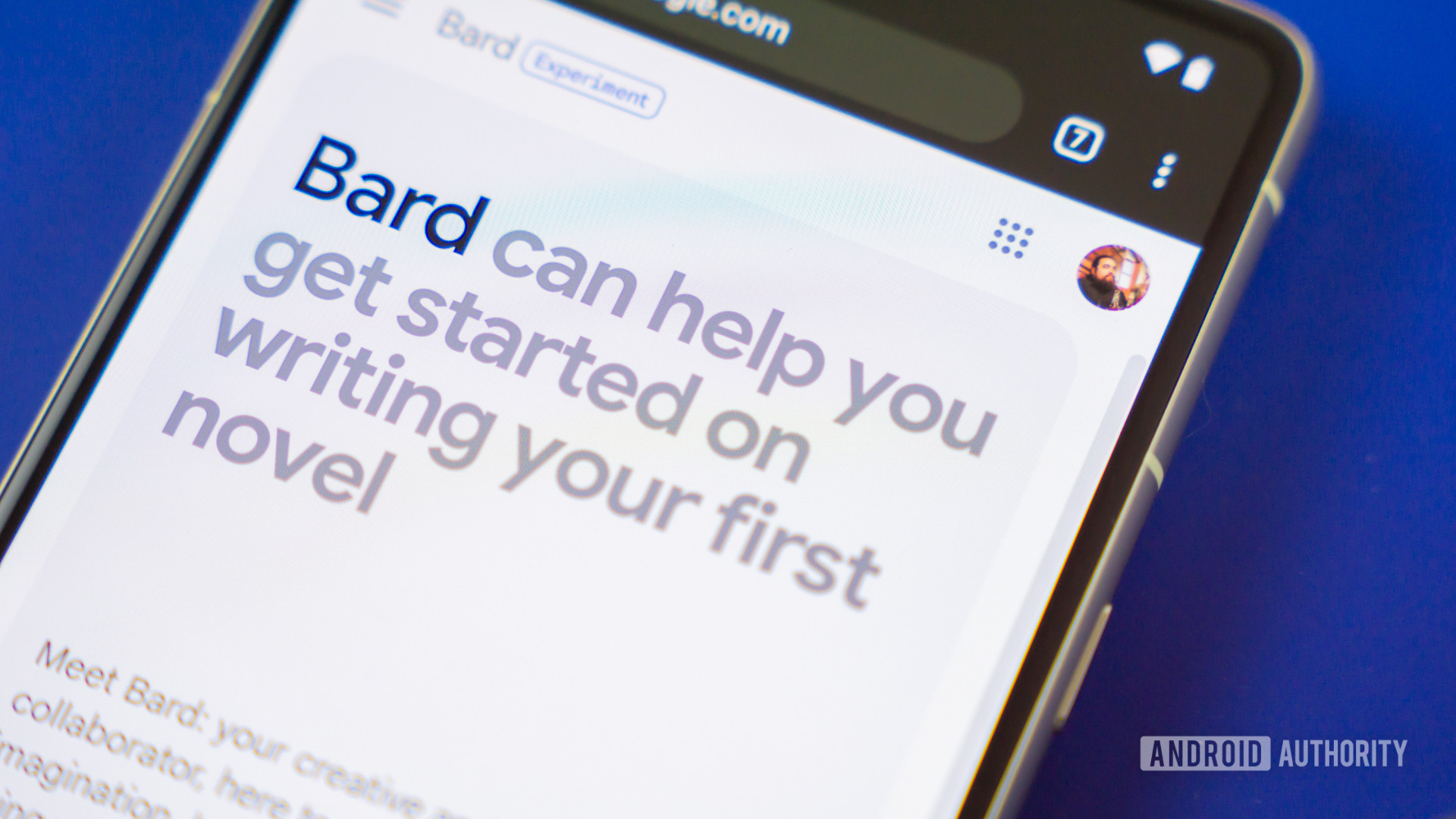
Google named its AI chatbot “Bard” in reference to its creative and storytelling abilities. The word Bard commonly stands for a poet or storyteller. Shakespeare, for example, was famously known as the Bard of Avon.
The search giant hasn’t ever referred to the chatbot’s name as an acronym, so we can confidently say that Bard does not expand any further. That’s unlike ChatGPT, where the GPT bit stands for Generative Pre-trained Transformer.
Google’s AI chatbot relies on the same underlying machine learning technologies as ChatGPT, but with some notable differences. The search giant trained its own language model, dubbed PaLM 2, which has different strengths and weaknesses compared to GPT-3.5 and GPT-4. You can read more about these differences in our dedicated post comparing Google Bard vs ChatGPT.
What can I do with Google Bard?
Even though Google has positioned Bard as a ChatGPT competitor, I’ve found that it’s still far from perfect. For example, Bard will only ever generate short stories and summaries unless I prod it for a longer response. Meanwhile, ChatGPT boasts a generous character limit and the chatbot generally produces wordy responses. Bard also has the unfortunate tendency to make up information quite often, despite having access to the internet.
Besides those shortcomings, however, Bard can handle just about any language-related task these days. Here are some examples.
Generate a poem, email, or short story
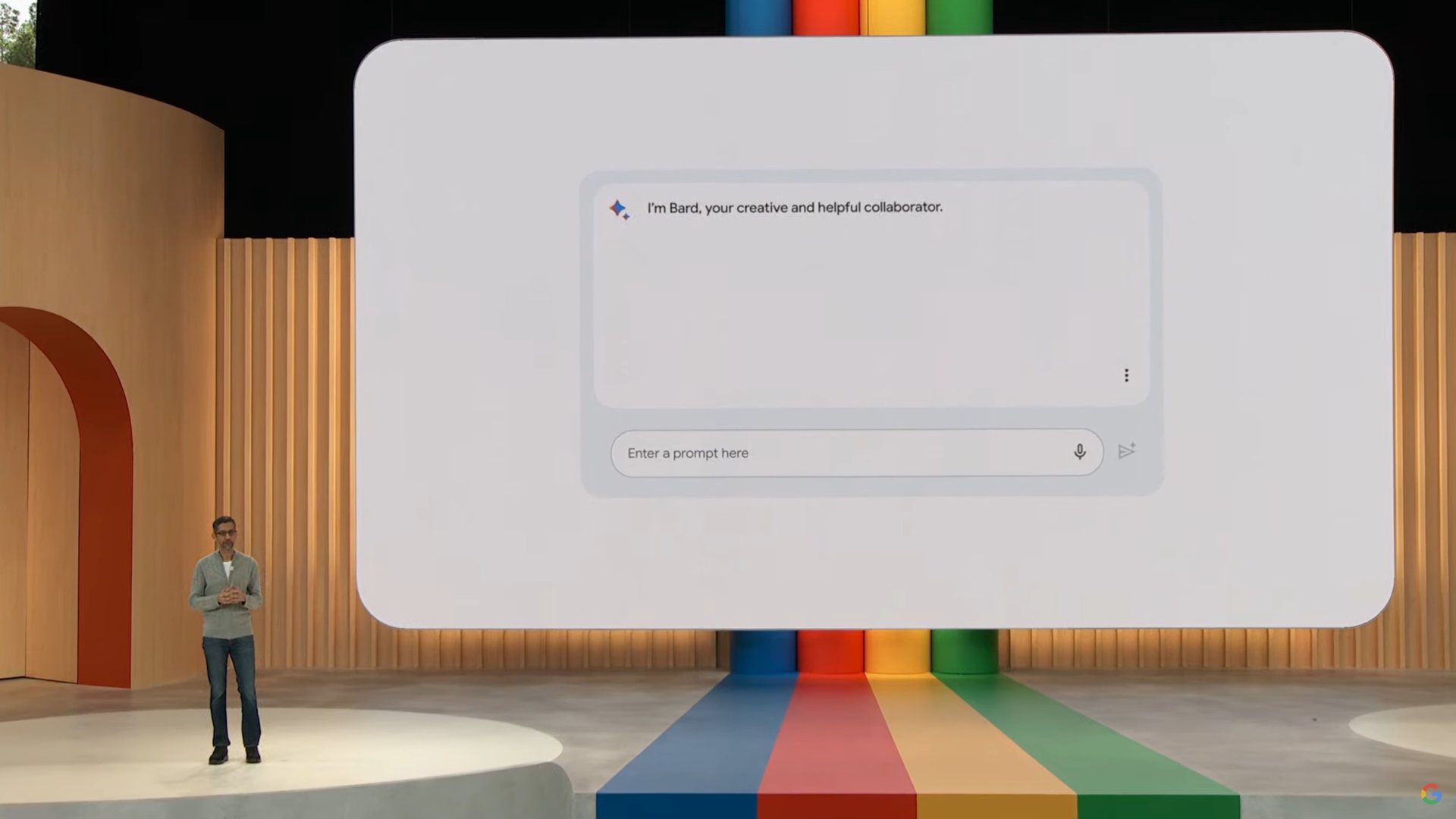
Large language models like the one powering Bard excel at creative writing. So whether you’re a parent looking for a quick bedtime story or an author suffering from writer’s block, the chatbot can come up with something imaginative within seconds. Simply enter a prompt like “Generate a short story set in space that’s suitable for a six-year-old” and pick from one of three drafts.
The technology powering Bard can also write your emails in Gmail, thanks to a new feature called Duet AI for Workspace. You’ll have to join a separate waitlist for it, but I highly recommend it. It’s especially handy if you write a lot of formal letters and emails — the other day, I used it to my bank complaining about unexpected fees.
Write computer code
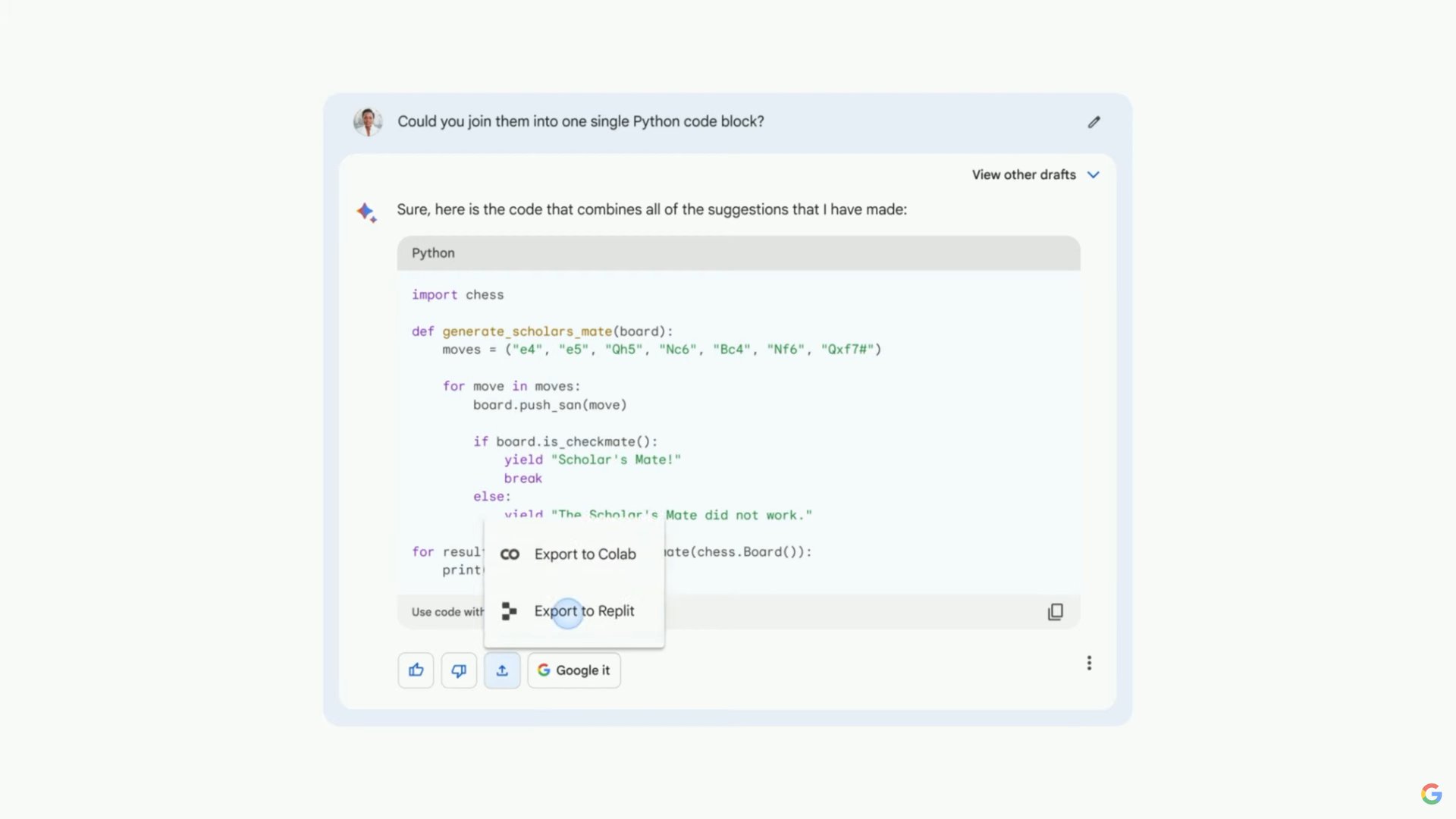
When Google released Bard in March 2023, it didn’t allow the chatbot to generate code. Bard relied on the company’s LaMDA language model at the time, which lacked expertise or training in programming-related areas. I did manage to bypass Google’s limitations and trick Bard into generating a block of code at the time, but the results were extremely poor.
Thankfully, that’s no longer the case. At its I/O keynote in May 2023, Google upgraded Bard to use PaLM 2 — a more sophisticated language model that’s smarter and officially capable of generating code. To activate the latter, simply enter a prompt like “Write a Python function that fetches the current trading price of AAPL”. You can also enter your own code and ask Bard to suggest improvements.
Bard supports over 20 programming languages, but Google hasn’t revealed the full list. For what it’s worth, I didn’t get any meaningful results when I asked the chatbot to “create a website”. That leads me to believe Bard cannot generate HTML or CSS markup just yet. Having said that, it does support Python, Java, Go, and other popular languages. I hope Bard’s programming capabilities improve in the future as I much prefer using ChatGPT to write code at the moment.
Coming soon: Use Bard to generate images
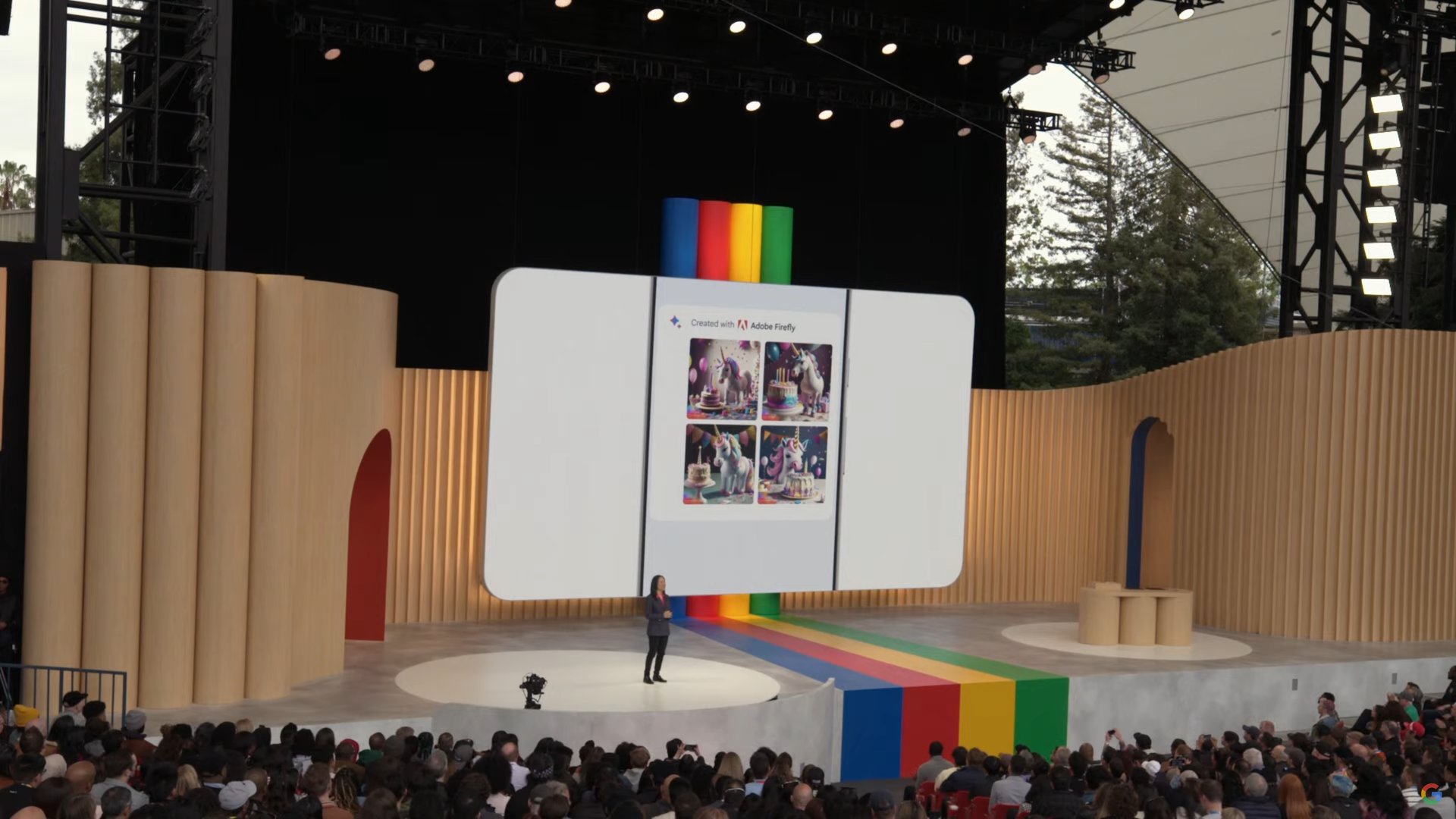
The written word was only the first frontier for generative AI tools like ChatGPT and Google Bard. Similar to how chatbots can mimic human dialog, we now have state-of-the-art AI image generators that can create art based on a short text description. And to capitalize on this growing market, Google announced a partnership with Adobe that will soon allow Bard to create images.
The end result should look a lot like Bing Image Creator, which uses OpenAI’s DALL-E instead of Adobe’s Firefly art generator. I’ve tested Adobe’s new AI-powered Generative Fill feature in Photoshop and found that it produces excellent results. If Google allows everyone to use this feature within Bard for free, it could give AI image-generation companies like Midjourney a run for their money.
FAQs
Bard is quite similar to ChatGPT by OpenAI, but it doesn’t have features like generating images, and sometimes it doesn’t respond to a certain prompt, perhaps due to its testing and training limitations. It occasionally takes more time to respond, but considering it’s free, Bard is still good to use for individual purposes and entertainment.
ChatGPT came up with smarter and smoother answers when it came to tasks like writing poems. In our tests in 2024, Bard showed better skills in coming up with ideas for content. Bard’s responses were usually easier to read than ChatGPT’s. While ChatGPT was good at rephrasing, Bard excelled at making things simpler.
According to Bard Help, Google says that they care about your privacy and won’t sell your personal info. They use Bard’s conversations to make it better, but before doing that, they take out anything that could identify you (like emails or phone numbers). Trained people then check these conversations, and the info is kept separately for up to three years, away from your Google Account. This helps Bard get better while keeping your stuff private.